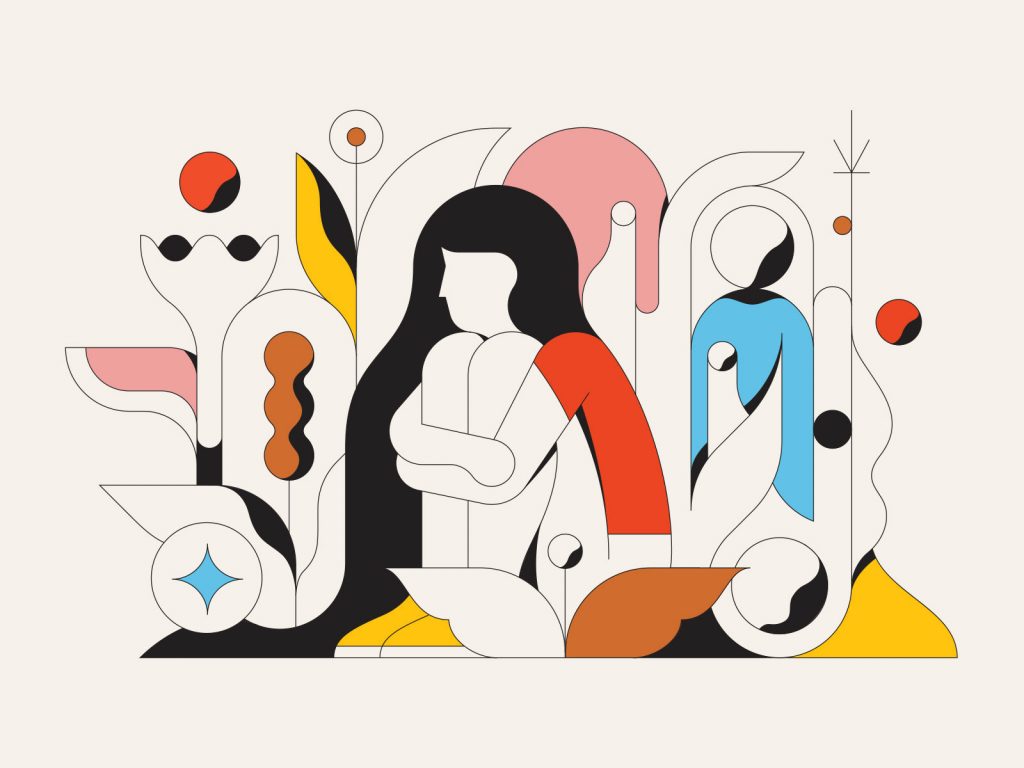
Judging A Book By Its Covers: Personality Perception and Body Image
“A plastic face and a plastic smile,
all that you need to live in the world of mine.”
“She woke to the sound of the buzzing clock, excited to start her day, and stood in front of the mirror. She stared at herself only to reward her esteem with the list of self-pointed-out flaws. Worried about having wavy hairs, wrinkles under her eyes, dark-colored skin, the size of her breast, ass, thighs, and her healthy body shape, she heaved a big sigh of disappointment. All the excitement for her first day of college was drained out of her body.”
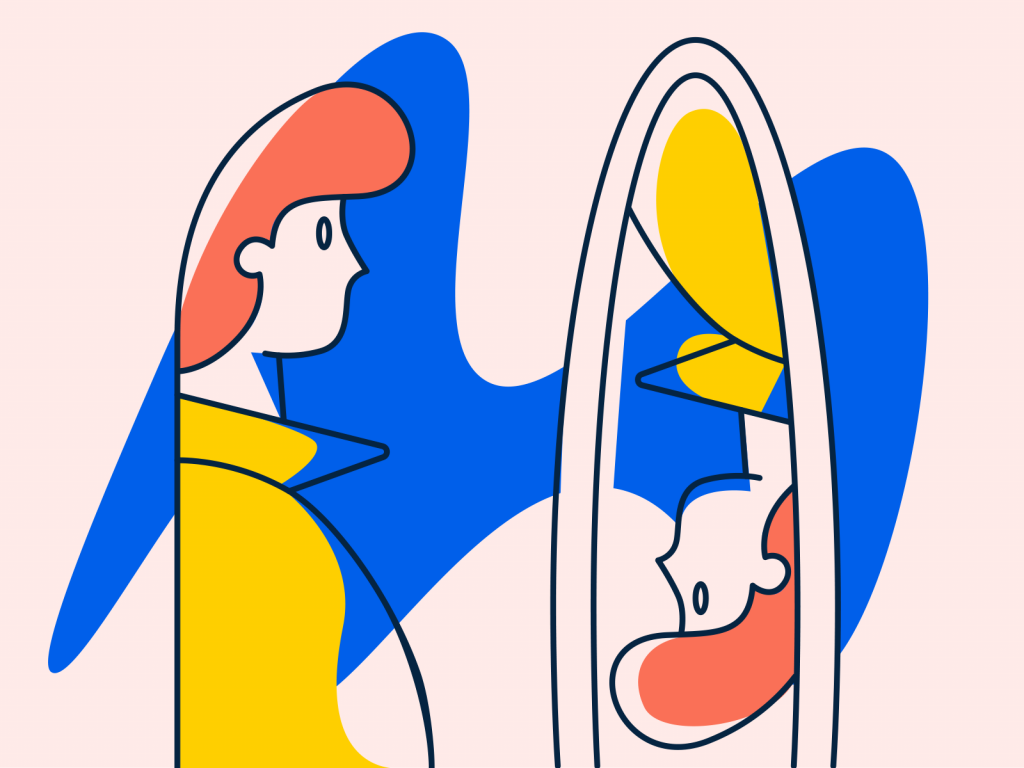
Today the question of self-image has emerged as the most trending social issue. Self-image consists of what a person is and what they think of themselves. Gambling with two different faces of the same deal, people often find themselves delving deeper into the trap of their social expression of ‘Self’.
Interestingly, the question of self-image has found more relevance in modern society with the high rising societal standards of beauty. Also interestingly, the conclusion of all the studies and talks has revealed that the whole idea of self-image is socially constructed. It is not self that alone forms the ideal image of oneself but it is socialised into an individual since childhood through several visualisations and expressions. Our culture is often presented to us in a way that socialises our learning to see a particular homogeneous character of the self concerning society as the most ideal and correct. And any deviation from that is often deemed as abnormal or even incorrect.
A beautiful classic work “The Beauty Myth” by Naomi Wolf, offered an eye-opening narrative of the role of society in establishing certain beauty norms as the most absolute. The problem arises when the image of self is beautified not to drill the dopamine in oneself or boost one’s confidence but to get validation from so-called society members for being normal and beautiful. Wolf argues that it is the same socially inflicted insecurity about the self that threatens to conspire against any action to bring changes to the domination of any superior community or individual.
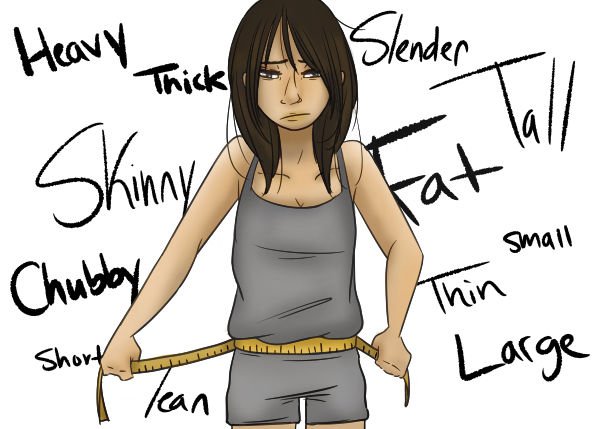
“She departed from her house with a dejected look on her face. Her movements were sloppy and she was continuously trying to tidy her shirt which was neatly tucked inside her jeans. She avoided the gazes of most of the passers-by, which, if met by any chance, gave her a sense of self-doubt. She just wanted to disappear from such an embarrassing situation of being the center of attraction for the public. Whenever she found anyone looking at her, she assumed them to be commenting negatively about her or laughing at how ugly she looked in comparison to the girls standing along with them.”
C.H. Cooley theorized an interesting concept for this and named it as “Looking Glass Self”. He talks about how one comes to see them not as how they are but how others look at them. Such an idea about self is shaped through social interaction where others are taken as mirrors to view one own self. Thus self-image often works on the principle of comparative mechanisms i.e. how one sees themselves concerning others.
This is often taught and solidified by the media representations, specific towards highlighting some attributes as the ultimate. For example, an ideal representation of a woman is the one having a slim body, fair skin, beautiful big eyes, whereas a man should be muscular with broad shoulders, six ab packs, etc. Children are exposed to the Disney princesses, Barbie dolls, and superheroes from the beginning who are shown in the most idealized manner, which escalates their definition of beauty and strength. What is socialized since childhood is too difficult to unlearn which is thus reflected in the actions and thoughts of people and they end up impacting several other people around them through their dialect. All these things whose roots are laid through social interactions at a micro level often escalate to impact a larger portion of society and damage the social structure beyond repair.
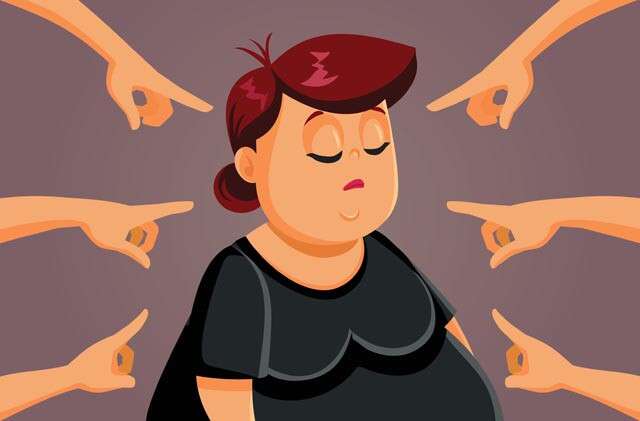
“Grass is always greener on the other side.”
“She reached the gate of her college surrounded by the hustle and bustle of smiling faces. She saw a friend of hers running towards her, waving and calling her name. She was wearing a beautiful black one-piece which looked stunning on her. This reminds her of how she denied herself the temptation to wear her favorite midi since her aunt once commented that her belly fat shows so explicitly in that dress. This made her feel even sadder. And now even her friend pointed to another campus beauty praising her for her flawless skin and posture.”
People don’t even waste a single second in pointing out flaws in themselves while exaggerating others’ privileges. But in this process, they end up making themselves feel so low that they lose their self-confidence to carry themselves in public. It is important to understand that self-image goes beyond the most visible body attributes like weight, skin color, height, etc. It includes other aspects of one’s image like eye contact, the way people behave or carry themselves in front of others.
Our ideas about our self-image shape either a positive or negative body image of ours which is reflected clearly in our day-to-day activities. Positive body image is often associated with higher self-confidence, acceptance, gratitude, and happiness while negative body image leads to body dissatisfaction, unhappiness, extreme hatred, or frustration towards self and others. As a result of this, people deny themselves the bare minimum of freedom of happiness or freedom of choice assuming that they don’t deserve to enjoy the pleasures that other ideally beautiful humans do. For example, wearing the choice of clothes, wearing makeup, moving confidently, being themselves, or being socially active are some of the things which then come to be monopolized by people who are considered elites by societal standards.
People often weigh the comments and beliefs of others in the hierarchical ladder of their value system. So for example, the very first image of self is formed at home only. How one’s parents, peers, relatives, and friends perceive them intimidates an individual to mould their opinions about self.
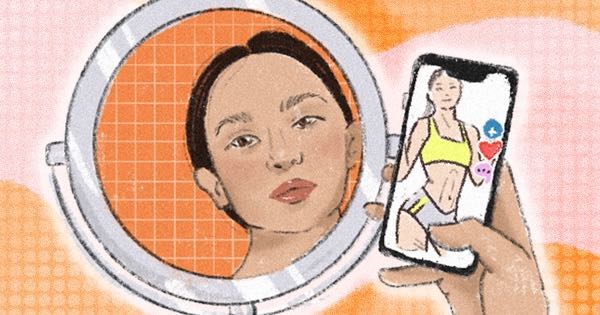
“The haunting black mirror: Social media and filters”
“By the end of the day, she already made a lot of new friends and got connected with them through social media handles. Looking at their profile pictures, she again felt a kind of insecurity about herself. Wildly unaware of the fact that all those natural-looking pictures of people go through many rounds of touch up through beauty apps and filters, she condemned her looks for not being photogenic. As a result, she removed her photograph from various platforms and also started feeling conscious in front of the camera.”
This is no hidden fact that social media plays a significant role in promoting and solidifying specific beauty standards. Social media has blurred the lines between what’s real and what’s not. There are 12 types of body shapes for girls and 4 body shapes for boys. However, it’s too shameful that we are hooked with a particular body image as too valuable thus downplaying all others as not normal. This is evident in the wide unacceptability of diversity that always needs to be seen as something different or something to be talked about. There is an urgent need to normalize differences.
Social media has licensed fake as real too which is driven by an increasing number of likes and comments. This has become a new norm for validating one’s beauty. But unfortunately, in creating some other images loved by the world, people end up getting conscious about who they are in the real world.
Facts state that young children in the age group of 15 to 25 are most vulnerable to feeling insecurities about their self-image. It is also the time when children usually start a new phase of their life by entering into professional courses or college. Thus, everyone suddenly gets exposed to a new world of glamour and insight. They see a lot of things that they never knew or meet a lot of people who are very different from them in many ways. And all these things influence an individual to look at themselves in a different light. Sometimes there is an urge to change. Sometimes it leads to insecurities.
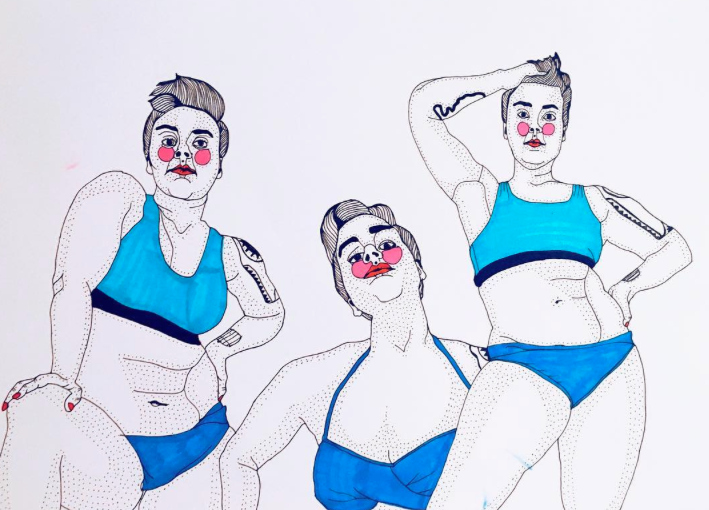
Here Are Some Remedies
One thing we must not forget is that this is just a phase. We are who we are and we are perfect the way we are, not for anyone else but us. It’s important to embrace all the changes that happen to us while growing up but it is equally important to ensure that those changes are not forced by societal pressure.
We also need to inculcate certain habits to ensure a healthy transformation in the process of unlearning and learning.
- The first step is to practice language sensitisation. Using sarcasm, jokes, comments which might sound cool sometimes may hit someone differently. Thus it is important to stop being the mirror for people and remind them of things (like height, skin colour, and body shape) that they already know. Once words are spoken, it’s impossible to undo the effects they have on one’s psyche. Also, try commenting on people not on their looks but on their strengths. For example, using terms like pretty smart, pretty kind, etc.
- Secondly, it is highly beneficial to exercise self-appreciation and self-love. Our mind trusts everything we feed to it whether it is truth, faith, or honesty. Be generous enough to feed it with honesty and love about yourself. Practise positive affirmation daily. Also, social detoxification from time to time helps in relaxing the brain cells from always thinking in terms of what is fed to it regarding beauty and self-image through social media.
Written by: Kritika Aggarwal
Edited by: Akankshya
Author


1 thought on “Judging A Book By Its Cover: Personality Perception and Body Image”
Awesome content and beautifully written .
The things i like the most are :-
1. The titles- they are so relevant and explain the content beautifully.
2. The pictures used are again very apt .
3. Remedies – mostly all the articles we read on the internet , talks about the problem but don’t provide us with the solution.